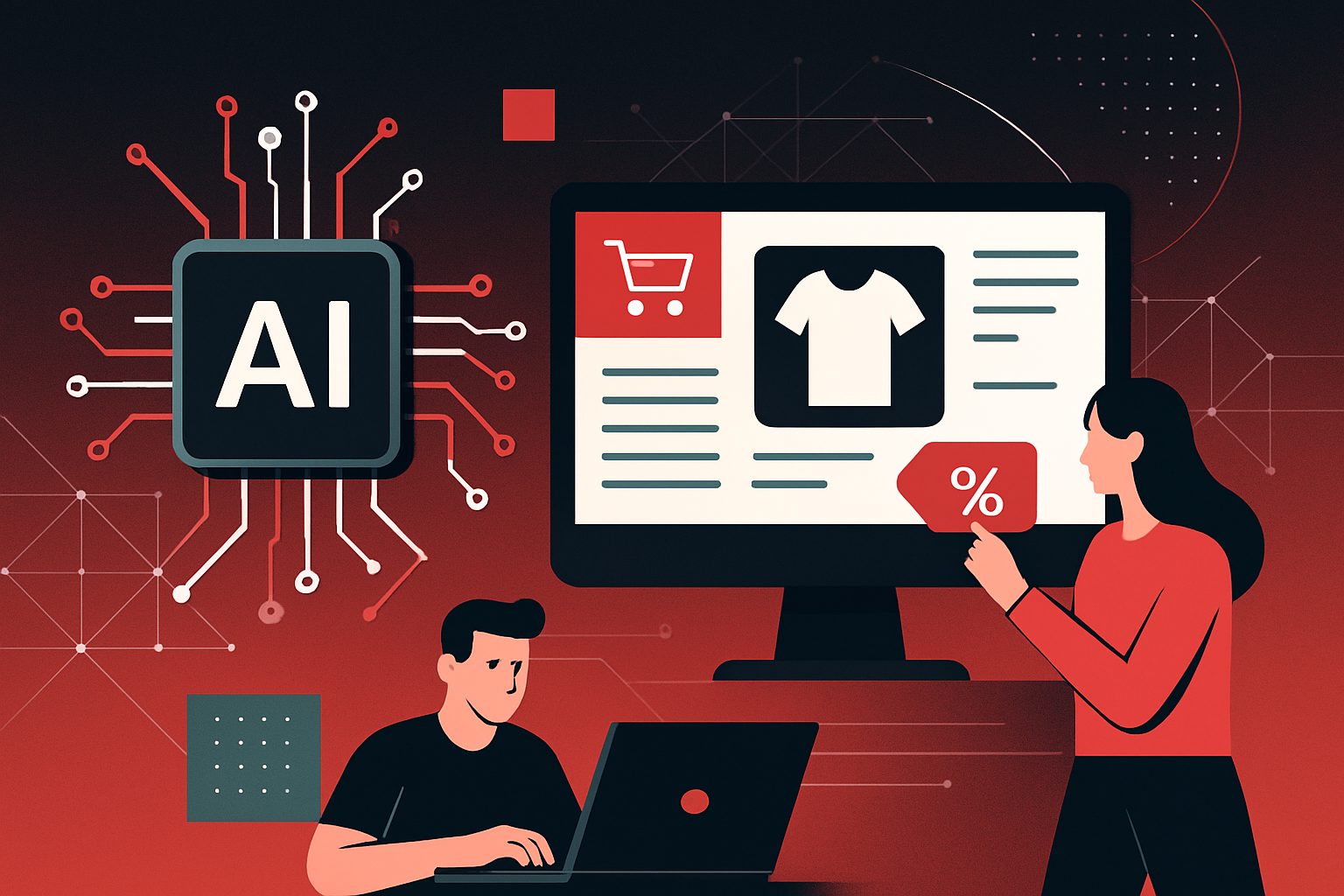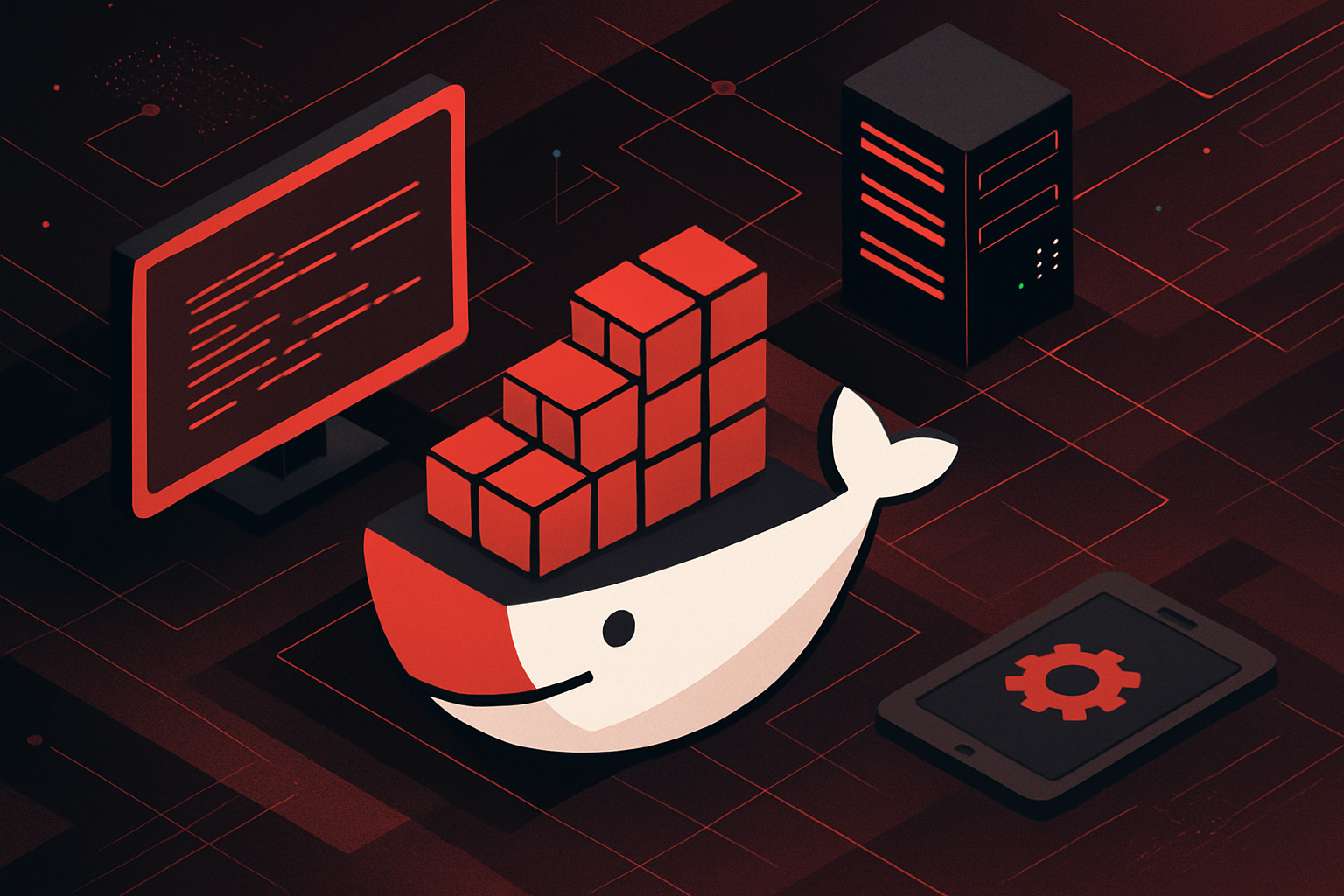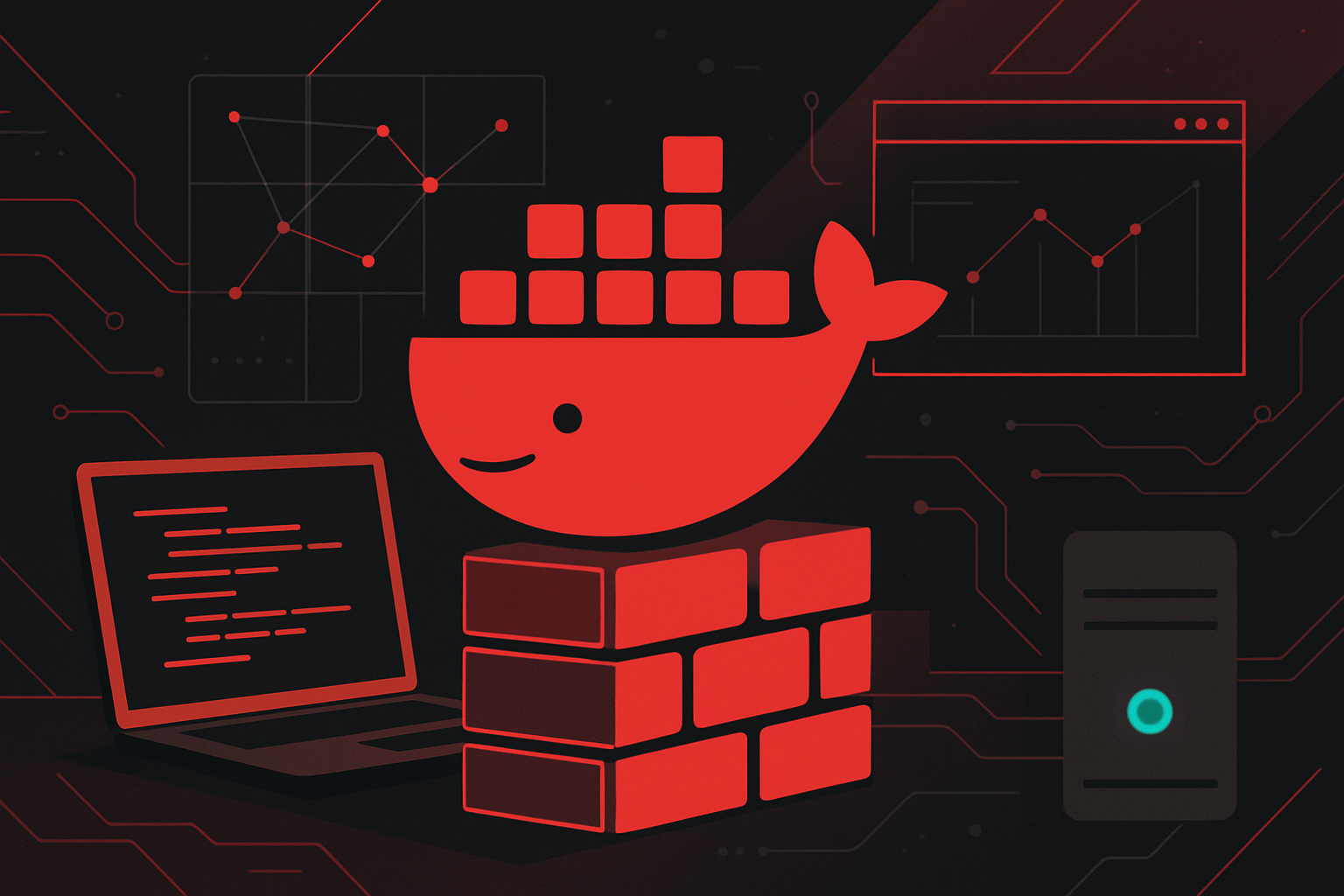AI in E-commerce: Personalization and Dynamic Pricing

7
Jul
AI in E-commerce: Personalization and Dynamic Pricing
Personalization in E-commerce
How AI Powers Personalization
AI-driven personalization uses machine learning (ML), natural language processing (NLP), and deep learning to analyze customer data, predict preferences, and deliver tailored experiences. Key data sources include:
- Browsing and purchase history
- Demographic information
- Real-time behavior (clicks, dwell time)
- Feedback and reviews
Personalization Techniques
| Technique | Description | Example Implementation |
|---|---|---|
| Product Recommendations | Suggesting products based on user data | Collaborative/Content-based |
| Personalized Search | Re-ranking search results per user profile | ElasticSearch + ML ranking |
| Email Content Customization | Dynamic content generation for campaigns | Dynamic templates + ML models |
| Dynamic Web Content | Custom banners, offers, or navigation | A/B testing + Segmentation |
Example: Collaborative Filtering with Python
import pandas as pd
from sklearn.neighbors import NearestNeighbors
# Sample user-item ratings matrix
data = {'User1': [5, 0, 4], 'User2': [3, 2, 0], 'User3': [4, 0, 5]}
df = pd.DataFrame(data, index=['ItemA', 'ItemB', 'ItemC'])
model = NearestNeighbors(metric='cosine', algorithm='brute')
model.fit(df.T.values)
distances, indices = model.kneighbors([df['User1'].values], n_neighbors=2)
print("Recommended for User1:", df.columns[indices[0]])
Personalization Workflow
- Collect multichannel user data.
- Preprocess and segment users.
- Train ML models (e.g., matrix factorization, neural networks).
- Serve real-time recommendations via APIs.
- Continuously retrain with new data.
Practical Tips
- Use real-time data pipelines (Kafka, Spark Streaming) for immediate personalization.
- Regularly A/B test recommendation algorithms.
- Ensure GDPR compliance when using personal data.
Dynamic Pricing in E-commerce
AI Techniques for Dynamic Pricing
Dynamic pricing algorithms adjust prices in real time based on supply, demand, competitor prices, and customer behavior. Core AI approaches:
| Algorithm Type | Description | Example Use Case |
|---|---|---|
| Rule-based Systems | Predefined rules for price changes | Flash sales, clearance |
| Regression Models | Predict optimal prices from historical data | Seasonal demand forecasting |
| Reinforcement Learning | Learn pricing strategies by maximizing revenue/profit | Airline, hotel, ride-sharing |
| Price Elasticity Models | Estimate demand sensitivity to price changes | Price testing for new products |
Example: Price Optimization with Linear Regression
import numpy as np
from sklearn.linear_model import LinearRegression
# Features: [current_price, day_of_week, competitor_price]
X = np.array([
[20, 1, 19],
[22, 2, 21],
[18, 3, 17],
[21, 4, 20]
])
# Target: sales volume
y = np.array([100, 90, 120, 95])
model = LinearRegression().fit(X, y)
# Predict sales for a new price scenario
new_X = np.array([[19, 5, 18]])
predicted_sales = model.predict(new_X)
print("Predicted Sales:", predicted_sales)
Dynamic Pricing Workflow
- Gather data: sales, inventory, competitor prices, seasonality.
- Feature engineering: identify variables affecting demand (e.g., time, events).
- Model training: regression, time-series forecasting, or RL.
- Deploy model to pricing engine.
- Monitor KPIs and retrain as needed.
Considerations and Best Practices
- Set price floors/ceilings to prevent negative customer perception.
- Monitor market and competitor response to pricing changes.
- Use explainable AI models for regulatory compliance and transparency.
Comparison Table: Personalization vs. Dynamic Pricing
| Feature | Personalization | Dynamic Pricing |
|---|---|---|
| Core Goal | Enhance user experience, conversion | Maximize revenue/profit |
| Data Used | User behavior, profiles | Sales, demand, competitors, inventory |
| Typical Algorithms | Collaborative/content filtering, NLP | Regression, RL, price elasticity |
| Real-time Capability | High (recommendations, search) | Moderate/High (price updates) |
| Business Benefit | Increased engagement, repeat buyers | Higher margins, faster inventory turnover |
Step-by-Step: Deploying AI Models for E-commerce
Personalization Example: Product Recommendation
- Collect Data: Aggregate user interactions (clicks, views, purchases).
- Preprocess: Clean, anonymize, and format data.
- Model Selection: Choose collaborative filtering for new users, content-based for sparse data.
- Model Training: Use libraries like Surprise, TensorFlow, PyTorch.
- Integration: Expose recommendations via REST API.
- Feedback Loop: Adjust model using live user feedback.
Dynamic Pricing Example: Regression-based Pricing
- Data Aggregation: Combine historical prices, sales, competitor data.
- Feature Engineering: Encode categorical features (season, location).
- Model Training: Use scikit-learn’s regression models.
- Automated Price Updates: Integrate model with pricing engine.
- Performance Monitoring: Track KPIs, rollback if negative trends detected.
Key Tools and Technologies
| Use Case | Tools/Frameworks |
|---|---|
| Data Collection | Google Analytics, Segment |
| Data Processing | Pandas, Spark, Airflow |
| Model Training | Scikit-learn, TensorFlow, PyTorch |
| Deployment | Flask/FastAPI, AWS SageMaker, Azure ML |
| Monitoring | Prometheus, Grafana, Datadog |
Actionable Insights
- Start with clear business KPIs (e.g., conversion rate, average order value) before choosing AI approaches.
- Use a hybrid recommendation system to balance new and returning user experiences.
- Implement guardrails for dynamic pricing to avoid price volatility.
- Continuously monitor and retrain models to adapt to changing consumer behavior and market trends.
- Leverage open-source frameworks and cloud services for rapid prototyping and scaling.




0 thoughts on “AI in E-commerce: Personalization and Dynamic Pricing”